Poetry is the spontaneous overflow of powerful emotions recollected in tranquility, so said William Wordsworth.
It is “…a deal of joy and pain and wonder, with a dash of the dictionary”. (Khalil Gibran)
It is “… a phantom script telling how rainbows are made and why they go away” (Carl Sandburg).
Subsequent generations might have argued, agreed or differed from these statements, yet the space that poetry has absorbed over time remains the same. To put it simply, poetry might be spoken of as an outpouring of ones innermost feelings, and impressions of life and the world — channelized through the thought-processes of the poet. It is fluid, nebulous, all-ensheathing and yet elusive…
Poetry however is not confined to the written word alone. Poetry entails ‘performance’ ...
Performance poetry traces its roots to the performance of oral poems in human societies in the ancient past. In modern times, this performance of poetry has assumed newer colours with forms such as poetry reading assuming popularity. Though such readings tend to have a niche audience, they are interesting as a reflect upon the times and the places they spring from. In this, one is reminded of the international poetry reading sessions held every month at the Cava Minos in a residential part of the famous port-city of Tripoli in Lebanon, where people from diverse cultural and national backgrounds ‘celebrate evenings of togetherness, … meet and depart peacefully’ — something which assumes such import in an increasingly intolerant world… In another corner of the globe, a similar effort is on. Quaint Essense, a research-based cultural organization in Assam, is making sincere efforts to “establish new idioms in art and culture and provide suitable stimulus to cultural and literary propagation”.
As part of their endeavour, Quaint Essense recently organized an enriching session of poetry reading at the Guwahati Book Fair on the Assam Engineering Institute grounds of the city last year. Chaired by eminent litterateur Pradip Acharya, this session featured poet Shimanta Bhattacharyya from Assam, writer and columnist Susan Waten from Nagaland, and budding poet Anurag Rudra from Guwahati. Noted poet from Meghalaya Ananya Guha, who was also part of the event, however, missed the session due to a rather unfortunate road blockade of the Khasi Students’ Union. Amlandeep Das, senior faculty member of the Department of English, Cotton College also spoke on the occasion.
The highlight of the event was an interactive session, which saw enthusiastic participation by the audience comprising students, intellectuals, writers, artists and poetry (art) aficionados. This unique interaction offered an assemblage of diverse ideas, ranging from translations and mysticism to a poet’s maturity and poetry (in general) — of wanting , and/or desiring to be a poet (to pick some nuggets). Queries were also put forth, and opinions expressed on the poetry that had been read awhile ago as well as contemporary poetry...
Compeered superbly by Meenakshi Gautam, a booklet was also released to mark the occasion. It featured poets Ananya S Guha, Shimanta Bhattacharya, Uddipana Goswami, Susan Waten and Anurag Rudra. Edited by Anurag Rudra and Stuti Goswami, the cover page featured an artwork (a masterpiece) by internationally acclaimed artist Dilip Tamuly.
In all, this event was a confluence of myriad strands of art, and thought. As an amalgamation of myriad cultures and traditions, offers great scope for art, as well as for strife (and controversies). In an increasingly intolerant world, the slightest misunderstanding is fuel for the fire of conflict. Many efforts towards resolution (of such conflicts) are being made. Yet, probably one of the best, if not the most effective means is art…literature…poetry. As Shelley said, “Poets is the unacknowledged legislators of the world”. But then, let it be remembered that poetry is no civilizer; it is magic. And, in today’s times of conflict and (ir) resolutions, magic is what we all need.
- Add new comment
- 15896 reads

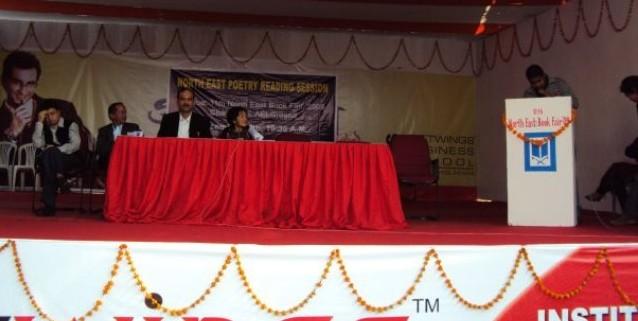

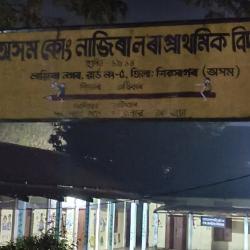
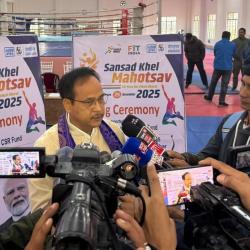
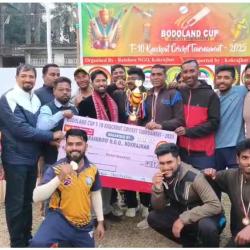


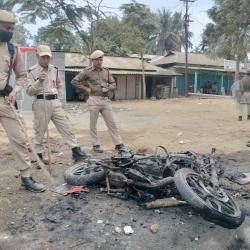

Comments
Add new comment